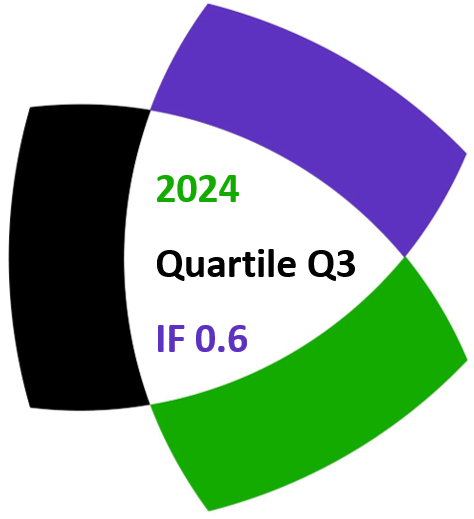J. V. Leyendekkers and A. G. Shannon
Notes on Number Theory and Discrete Mathematics, ISSN 1310–5132
Volume 17, 2011, Number 2, Pages 47–51
Full paper (PDF, 176 Kb)
Details
Authors and affiliations
J. V. Leyendekkers
The University of Sydney, 2006, Australia
A. G. Shannon ![]()
![]()
Faculty of Engineering & IT, University of Technology Sydney
2007 Australia
Abstract
The characteristics within modular rings of the integer three are discussed. This integer has unique row structures in modular rings which appear to underlie restraints on various aspects of triples, particularly the factors and powers structure of the components. The function N = xm + 2n, with m even and n odd but x not divisible by 3, always has 3 as a factor, and a majority of elements of the sequence of triangular numbers {NT} are such that 3|NT. The modular ring Z3 and the distribution of primes within its structure are also discussed.
Keywords
- Integer structure analysis
- Modular rings
- Prime numbers
- Triangular numbers
- Pentagonal numbers
- Octagonal numbers
- Repunits
AMS Classification
- 11A41
- 11A07
References
- Ball, W.W.R., H.S.M. Coxeter. 1956. Mathematical Recreations and Essays. New York: Macmillan.
- Bogolmy, A. (2011). Almost every integer has a 3 in it. Interactive Mathematics Miscellany & Puzzles. http://www.cut-the-knot.org/do_you_know/digit3.shtml. Accessed 04 April 2011.
- Honsberger, R. (1976). Mathematical Gems II. Washington, DC: Mathematical Association of America, pp. 98-104.
- Leyendekkers, J.V., A.G. Shannon. 1999. Analyses of Row Expansions within the Octic ‘Chess’ Modular Ring Z8. Notes on Number Theory & Discrete Mathematics. 5(3): 102-114.
- Leyendekkers, J.V., A.G. Shannon, J.M. Rybak. 2007. Pattern Recognition: Modular Rings and Integer Structure. North Sydney: Raffles KvB Monograph No 9.
- Leyendekkers, J.V., A.G. Shannon. 2010. Why 3 and 5 are always Factors of Primitive Pythagorean Triples. International Journal of Mathematical Education in Science & Technology. 42: 102-105.
- Leyendekkers, J.V., A.G. Shannon. 2010. Integer Structure Analysis of Odd Powered Triples: The Significance of Triangular versus Pentagonal Numbers. Notes on Number Theory & Discrete Mathematics. 16 (4): 6-13.
- Leyendekkers, J.V., A.G. Shannon. 2011. The Number of Primitive Pythagorean Triples in a Given Interval. Notes on Number Theory & Discrete Mathematics In press.
- Leyendekkers, J.V., A.G. Shannon. 2011. Structure Analysis of the Perimeters of Primitive Pythagorean Triples. Notes on Number Theory & Discrete Mathematics In press.
- Sloane, N.J.A., Simon Plouffe. 1995. The Encyclopedia of Integer Sequences. San Diego: Academic Press.
- Yates, S. 1969. Peculiar Properties of Repunits. Journal of Recreational Mathematics. 2: 139-146.
Related papers
- Leyendekkers, J., & Shannon, A. (2011). The structure of ‘Pi’. Notes on Number Theory and Discrete Mathematics, 17(4), 61-68.
Cite this paper
Leyendekkers, J. V., and Shannon, A. G. (2011). Modular rings and the integer 3. Notes on Number Theory and Discrete Mathematics, 17(2), 47-51.


